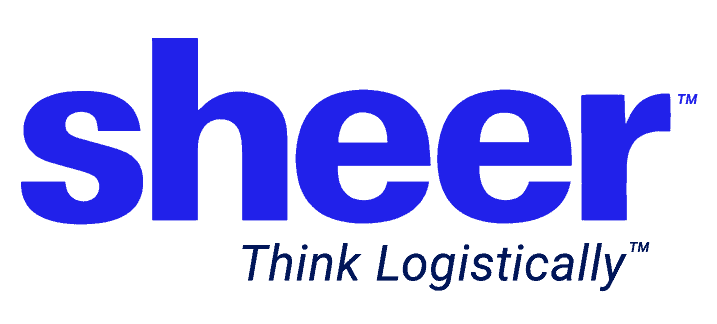For Many Industries, Controlled Temperature Transportation Is Not a Luxury
All products have a shelf life. Even honey, which is known for never spoiling if kept sealed, still shouldn’t sit on a shelf for months before being delivered to a consumer. For many products, maintaining a specific temperature or shipping environment is an absolute necessity to make sure it’s delivered to the consumer in the same condition it was in when it left the producer. Rising demand, the importance of food safety, and short delivery times have refined cold shipping into one of the most technologically advanced logistics successes in recent memory.
Temperature-controlled shipping, or cold chains, is an important part of many supply chains. It’s the reason that consumers in St. Louis can enjoy fresh oysters hundreds of miles from the nearest coast. This blog will describe what climate-controlled transportation is, as well as the best practices for shipping and food safety.
How Climate-Controlled Shipping Works
In the past, when shippers wanted to maintain low temperature for products, they would pack them with ice and salt, but ship them in wagons and standard train cars. The emphasis during this period wasn’t on food safety, efficiency, or spoilage, but on simply delivering the products. This led to major losses, and over time, shippers developed safer and more efficient methods.
Today, temperature-controlled shipping is a careful balance between efficiency and safety. “Temperature-controlled” transportation means maintaining a specific environment for the entirety of the product’s journey.
Refrigerated Freight Enables Food and Product Safety
When transporting fresh produce, frozen foods, seafood, flowers, vaccines, and other temperature-sensitive products, speed to market is very important. An effective cold chain is achieved when all key stakeholders, including producers, growers, manufacturers, shippers, carriers, and vendors, understand the importance of these practices. More importantly, temperature-controlled shipping requires flawless recordkeeping and transparency to adhere to FDA standards. Safe cold chains protect consumers and reduce a shipper’s risk of costly recalls and fines.
Best Practices for Refrigerated Shipping
Clear goals – The starting point of any successful cold chain is to focus on what matters most to the people at the very end. It’s easy to point to regulations and risk avoidance as the goal of refrigerated shipping, but these are only guidelines. Real product safety stems from looking at climate-controlled shipping from the consumer’s perspective.
End-to-end collaboration – All key stakeholders along your cold chain have to work together to mitigate risk and keep products safe. This is done through established processes and transparent reporting.
Consolidated technology – Cargo temperature monitoring and real-time communication are powerful tools for any cold chain. GPS tracking systems can monitor temperature fluctuations, humidity, and even light exposure, so all aspects of the product’s condition are controlled.
Choose an Experienced Logistics Specialist
If your organization is struggling with temperature-controlled shipping, Sheer Logistics has an answer. Even small inefficiencies in your cold chain can drive up costs and expose your company to risk.
When you work with a specialist, you improve load qualities and optimize results, making you a more reliable vendor during a time when all controlled temperature transporters need to be as dependable as possible. Sheer helps you with:
Supply Chain Consulting – At Sheer Logistics, we provide all of our clients with the most cost-effective and efficient solutions that are backed by the latest supply chain technologies. We aim to solve your transportation issues, develop real answers to problems, and establish permanent procedures that elevate your logistics to become one of your core strengths.
Logistics Optimization – We bolster your logistics and supply chain strategies, giving you a top-down look at how your cold chain integrates with your vendors and distributors.
Transportation Management Solutions – 3PL software shows you where freight is all along the supply chain, what their status is, and when they can be expected at their destination. Every transaction, every contract signed, and every mile driven generates data that can be analyzed and packaged to help your entire business make more informed decisions.
If you’re struggling with your cold chain or looking to expand your product base to include temperature-controlled shipping, reach out to Sheer today. We can guide you to success.




